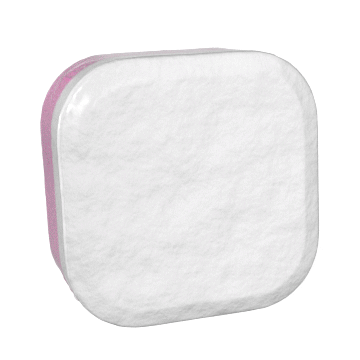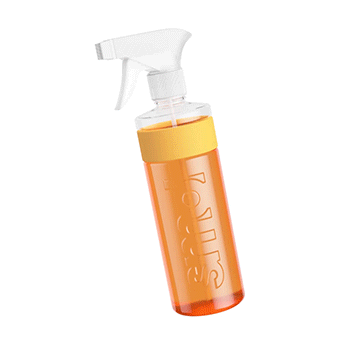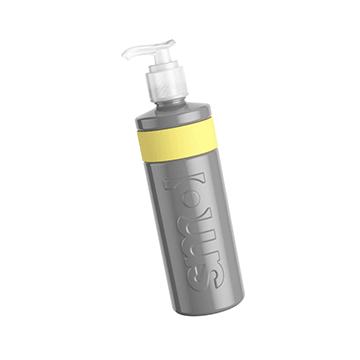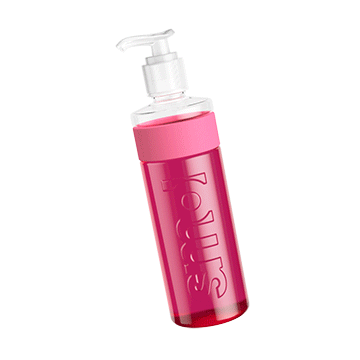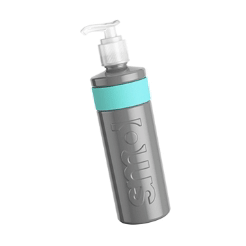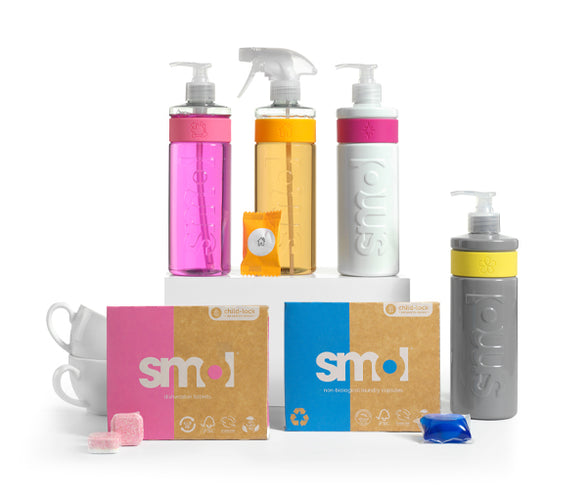
There’s no getting away from it… high carbon emissions are heating up the planet. And the hotter the planet gets, the harder life becomes.“We really need to kick the carbon habit.”
David Attenborough
A 2°C rise in global temperatures will mean:*
- Sea levels rise by 1.8m (impacting 1 billion of us by 2050)
- 2.7 billion of us experiencing extreme heat every 5 years
- A 170% increase in the risk of flooding
- Losing 18% of insects, 16% of plants and 8% of vertebrates
But if we don’t know the carbon output of our daily actions, or the different products we buy, how can we discover where to make cuts or how to make a difference?
enter the Life Cycle Analysis, LCA.
A Life Cycle Analysis, or Life Cycle Assessment (LCA) is a study on the environmental impact of any product throughout its whole life cycle. From start to finish. Everything.
It’s not an easy study to do and it’s costly because an LCA measures the entire impact of:
-
The extraction and processing of all raw materials/ingredients in a product
-
A product’s complete manufacturing process
-
All of its distribution, from suppliers through to final customer
-
The actual use of the product
-
Any recycling treatment of the product
-
The product’s final disposal
- Sourcing and making the ingredients
- Sourcing and making the packaging
- Transporting the ingredients to the manufacturing plant
- Transporting initial packaging to the manufacturing plant
- Making the capsules
- Transporting the capsules to the smol factory
- Transporting the smol cardboard packaging to the smol factory
- Transporting the smol boxes to the Royal Mail hub
- Distributing the smol boxes to customer homes
- Using the capsules in the washing machine which involves water and electricity use
- Wastewater treatment of the washing machine grey waste water
- Disposal of the cardboard packaging
which stage creates the most carbon in the capsule’s life?
Nearly 70% of the capsule’s carbon footprint comes into play at stage 10 which is basically from how the capsule is used in the home.
Essentially, this carbon is being created by the amount of electricity needed to heat up the water for our washing machine’s cycle. This is why the temperature we choose for our laundry can make such a big difference to our carbon footprint. The cooler the temperature, the less electricity is needed. and the lower the footprint of your capsule.
Manufacturing the ingredients that go into the capsule is the second biggest contributor to a capsule’s carbon footprint but it only accounts for 15% of the total because so much of the capsule’s footprint comes from how it is used in our homes.
Interestingly our LCA discovered that transportation stages and creation of packaging played only a tiny contribution to the carbon footprint of our capsules.
a quick cut.
Because almost three quarters of the laundry capsule’s footprint comes at the stage where we use it to do our washing at home - there is one super simple way we can all immediately reduce our capsule’s carbon footprint.
And it’s as easy as just selecting a cooler wash cycle.
Cutting the temperature of our washes from 40°C to 20°C gives an enormous 41% cut in a capsule’s carbon footprint. And the great news with this is that smol capsules are designed for cooler wash temperatures; in fact our smol bio capsules need lower temperatures for their enzymes to work effectively and remove stains. So it’s a win-win!
Knowing that our customers can have a real and immediate impact on our capsule’s footprint spurred us on to champion the cooler wash! Of course lots of brands now tell us to drop the temperature of our washing but here at smol we go one step further…
How about cutting back on your laundry altogether?
We consider it a priority to inform customers how they can cut back on the number of times they run their machines, concentrating on fewer loads that are full rather than more that are half loads. To learn more about this you can check out our #washwell information. It’s really not something that other laundry brands want you to know!
We’ve even put together some top tips on no-wash-washing! To prolong the time needed between washes… and the extra great bonus with all this is it not only cuts your capsule’s footprint, it saves you money too. And who doesn’t want lower bills?
smol saves carbon compared to other capsule brands.
Looking across all 12 stages of our capsule’s life, smol can save you 13% in its carbon output compared to competitor capsules.
But if you exclude the “at home use” (that is stage 10, which is just generated by running the wash) then smol has a 35% lower carbon output than comparative capsule brands.
We have learned that the most significant difference between smol and other capsule brands comes from the sourcing and manufacturing of our ingredients (24% lower carbon output) and also in our choice of packaging (80% lower carbon output).
What this boils down to is that smol capsules are so much smaller and more concentrated than other capsules so we can deliver all the clean of the big brands, with a lower weight capsule. That lower weight capsule means we are using less ingredients and less packaging per capsule.

future cuts.
Finding ways to cut our capsule’s carbon is an ongoing project. Educating our customers on how to best use them in the home is just part of that.
We continue to assess ways in which our packaging, ingredients, manufacturing and transportation can improve with the aim that our products have the best and lowest carbon footprints possible in the ongoing fight against the carbs!
*WWF
**eLoop sustainability experts to carry out a full lifecycle analysis - in accordance with ISO14067 and where applicable with Product Environmental Footprint Category Rules (PEFCR) on Heavy Duty Liquid Laundry Detergents for machine wash developed by the European Commission’s Joint Research Centre.

